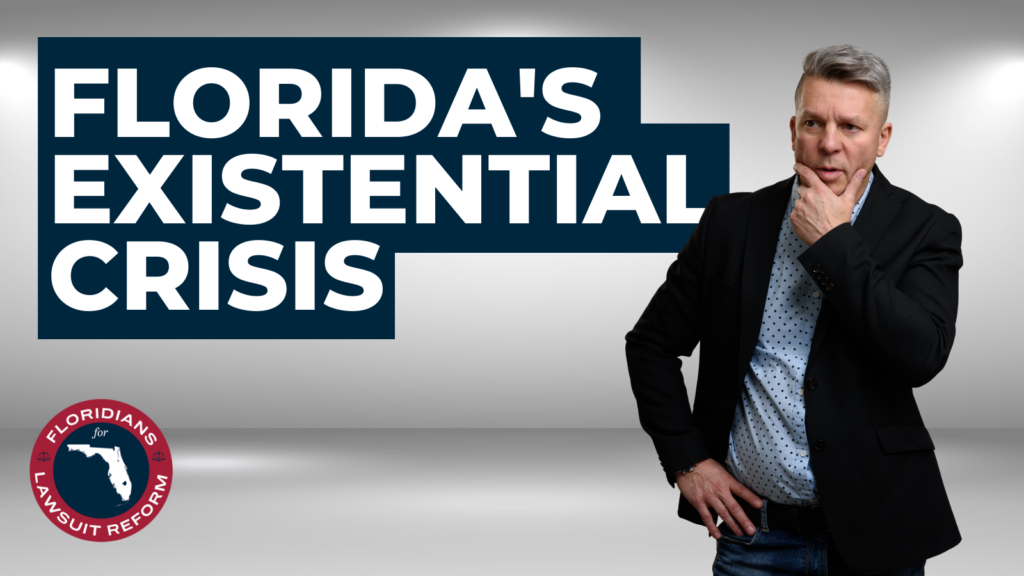
Florida’s primary property insurance carriers that are reliant on reinsurance still face an “existential challenge” as global reinsurance firms remain reluctant to assume risks in the state, AM Best has said.
The rating agency believes that despite the recently enacted property insurance reforms, Florida’s insurance carriers will “continue to face financial hardships in the near term.”
While the reforms enacted make some provision to help insurers with reinsurance below the Florida Hurricane Catastrophe Fund (FHCF), the $2 billion Reinsurance to Assist Policyholders (RAP) program, AM Best notes that this alone won’t make an enormous difference while “reinsurance companies have become reluctant to take on Florida exposures.”
While the RAP can help to insulate primary insurers from risk to a degree, it does not apply to secondary perils, or events less severe than hurricanes, AM Best cautions.
The rating agency also notes that the RAP mandates insurers pass on some rate decreases to policyholders, but does not feel this is addressing the core issues Florida faces.
“While this requirement may provide some slight relief for consumers, it does not address the considerable rate inadequacy issues driven by loss costs, aside from reinsurance pricing,” AM Best explains.
Also cautioning that, “Additionally, primary insurers with already high leverage ratios will find their positions in jeopardy if they are unable to place prudent reinsurance programs.”
Other legal reforms passed regarding issues from litigation to roof replacements and attorney fee multipliers “may provide some benefit, but it will take time,” AM Best says.
“Florida insurers’ defense and cost containment expenses, as a percentage of incurred losses, is the highest in the United States, and is more than double that of California, the second-highest state. The ultimate effectiveness of these reforms will be contingent on the response from those who have previously taken advantage of the system,” the rating agency explained.
“With an active hurricane season on the on the horizon, punctuated by a potential tropical storm nearing the region, AM Best believes the importance of placing prudent reinsurance coverage in this difficult market paramount for all layers, not just the new RAP layer,” added Chris Draghi, associate director, AM Best.
Ultimately, Florida’s insurance industry needs to stem the run-away inflationary costs of fraud and litigation immediately in order to rebuild reinsurance capital’s confidence in the state.
Until the reinsurance market and insurance-linked securities (ILS) investors see meaningful improvement in loss cost inflation in Florida, the confidence won’t return particularly quickly and carriers will still be paying very high reinsurance costs and struggling to fill all layers.
Still, we understand not all renewals are filled, some less than 60% still and reinsurance availability is becoming more limited, which could result in some companies struggling to move forwards into the new wind season in the coming days.
This existential threat to Florida’s insurance market from reinsurance cost and availability is likely to persist, as the reforms are not seen as sufficient to really hold-back or stop the litigation tide in the state by many of our sources.
